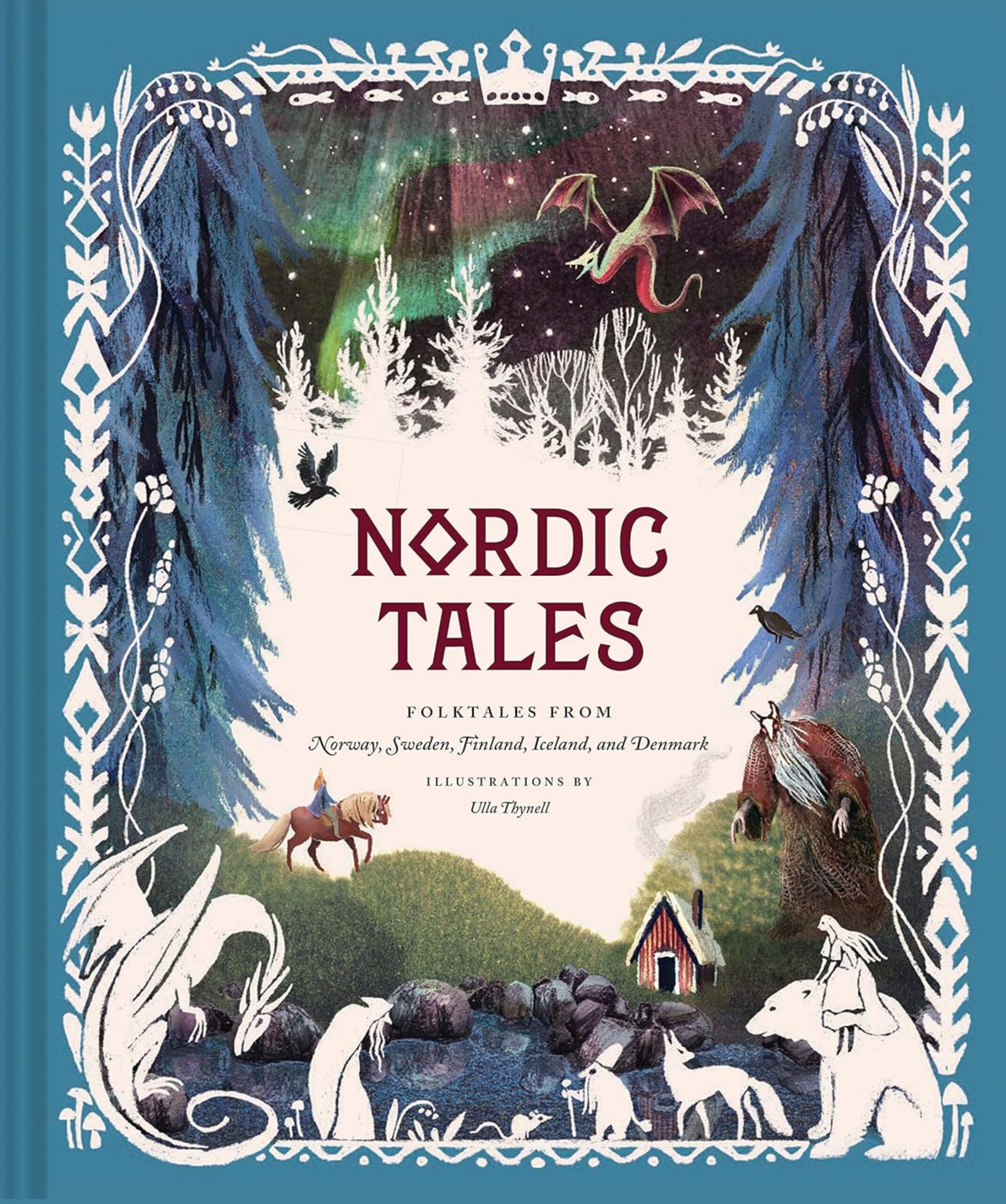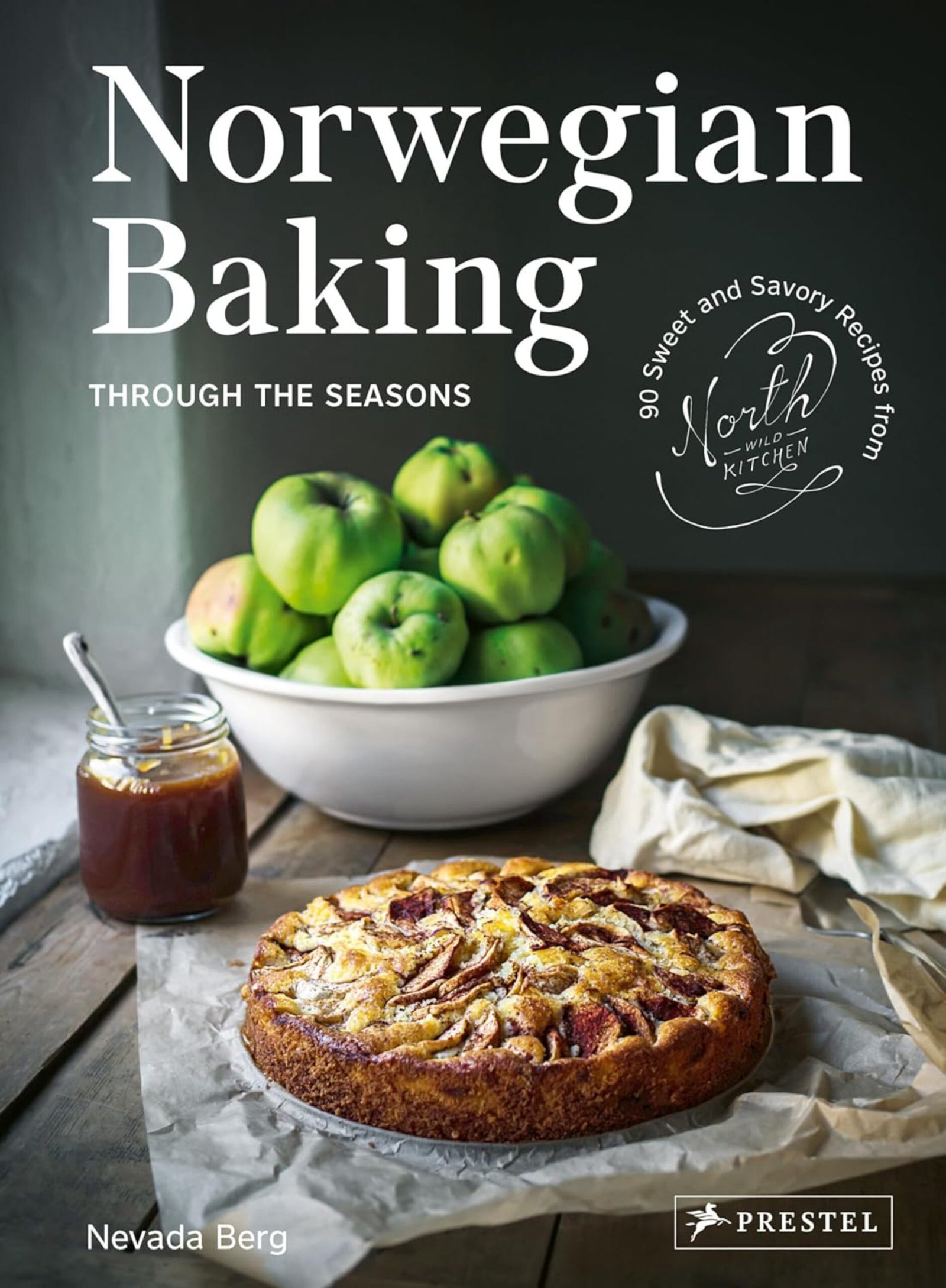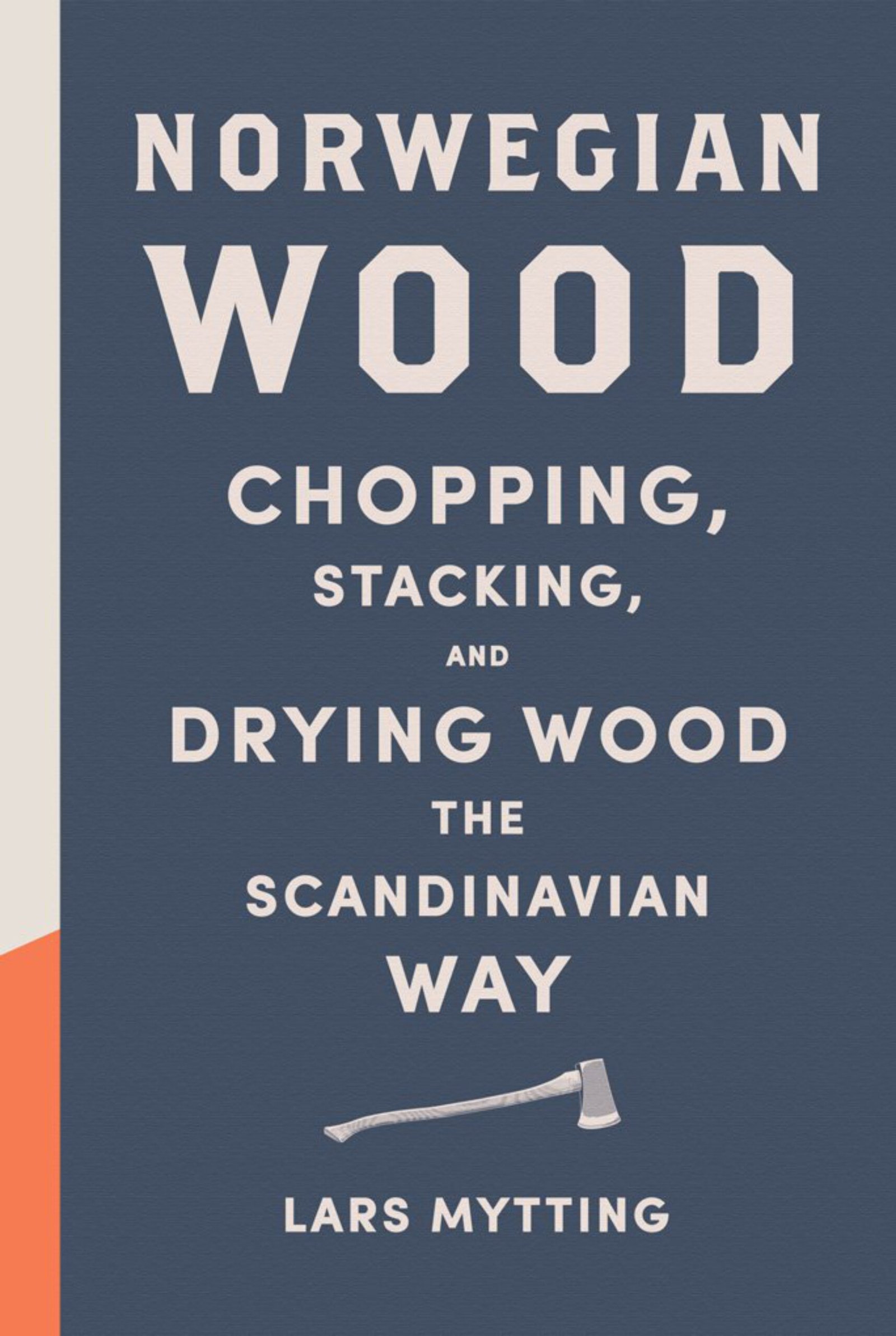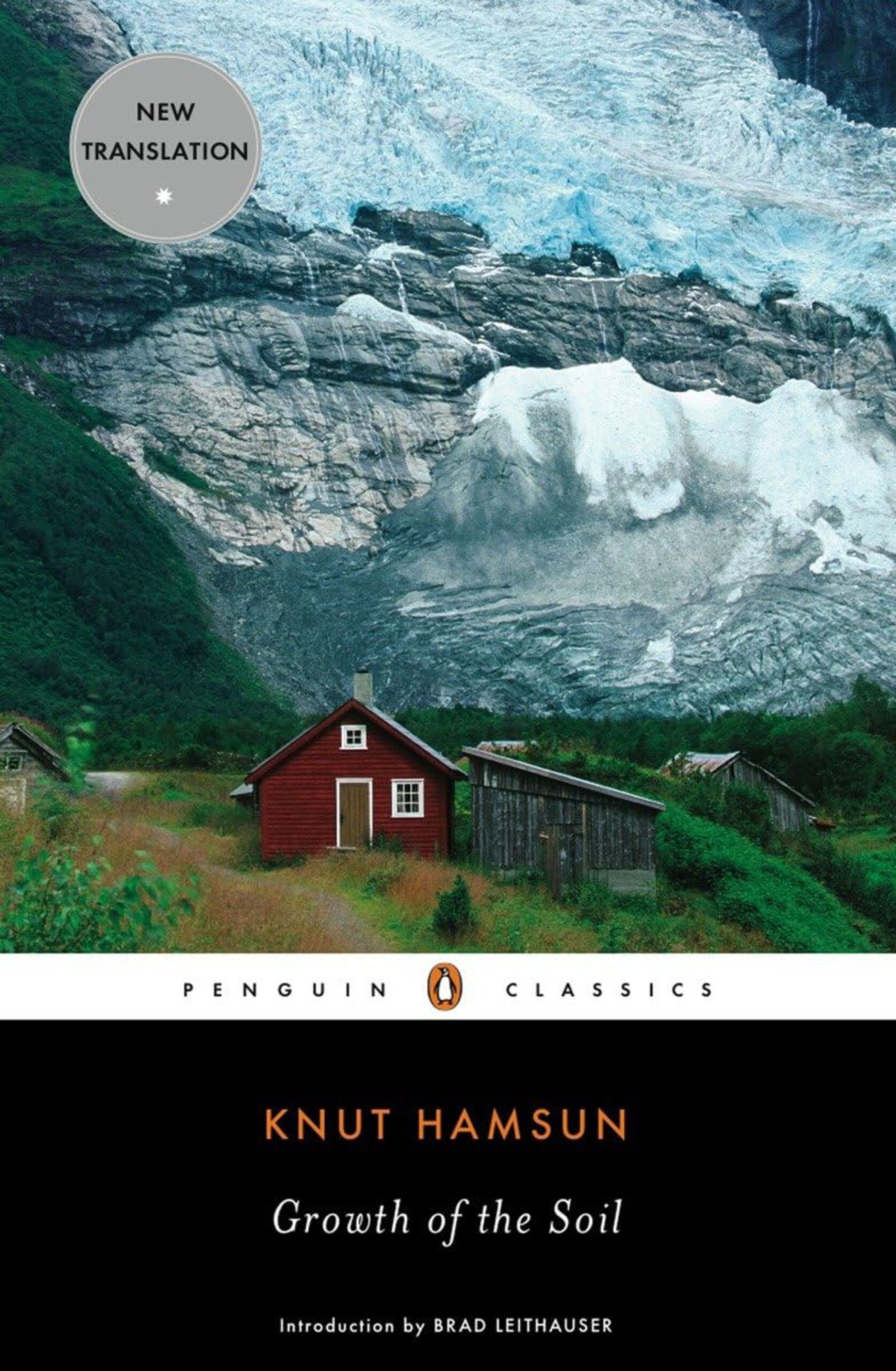Rock carvings found at Rødøy
In 1933, ethnographer Gutorm Gjessing discovered the above rock carving on the island of Rødøy, in the Norwegian region of Nordland.
The carving dates back to around 2000 BC, and the general belief is that the person depicted is one of Norway’s earliest skiers.
Ancient ski remains
In 1959, Johan Kleivhaug found 5000-year-old ski-remains on his land in Vefsn, also in Nordland.
Both Norway’s historical Sami and Norse populations were excellent skiers – and perfected their abilities throughout the millennia.
Hunting in the deep snow
When the early Norwegians were out hunting, they moved through vast areas of land.
In winter, deep snow covered the ground, and people needed a tool to help them conquer the elements; they needed skis.
Not only did a simple pair of wooden planks allow the hunter to float on top of the snow, but they also allowed her or him to move as fast as the wind.
They shaped the skis to fit the landscape
Throughout history, the length and width of the skis have changed.
It was very much the layout of the landscape and the actual practical use that decided the design. Some were long, some short, and some wide.
Every generation and every community had their own master ski-makers, who adjusted, tweaked, and improved as the millennia passed by.
Clad with fur
Today, we apply ski wax to the bottom side of the skis – to create the optimal glide. It is all very high tech.
Our ancestors, on the other hand, simply attached animal fur to the bottom of the ski, with the tip of the hairs pointing backwards. This gave a good forward glide, and had the opposite effect when moving uphill.
Fur-clad skis have been in use well into our own time.
One long and one short ski
In places with steeper terrain, the two skis were often of equal length.
However, in areas with relatively flat or undulating mountain plateaus and forestland, the historical skier often had one long and one short ski – a langski and a kortski, the latter also called andor or ånder.
The long ski was on the left foot, and the skier mainly used it for gliding.
The short ski was on the right foot, and was the primary tool for forward movement, steering, and climbing uphill. It was usually this shorter ski that had fur underneath.
Only one ski pole
Most of today’s skiers have two poles when they are out and about in the tracks. Our forebears made do with just the one.
Photographs from as late as in the early 1900s, show that the one pole was still the norm.
Norse gods and Vikings
The old Norse winter-god Ull was a master at skiing, and he could ski faster and bolder than anyone else.
The Norse goddess Skade could ski down the hill and still shoot with her bow and arrow.
Every Viking warrior was no less of a skier than he was a swordsman.
Visit the Norwegian ski museum in Oslo
When you are next in Norway’s capital, Oslo, ask a passer-by to point out the Holmenkollen ski jump. Its creators majestically placed it on one of Oslo’s surrounding hills. To most Norwegians, Holmenkollen is a symbol of pride, a link back to ancient traditions.
If you wish to see Holmenkollen up close, then the Oslo Metro will take you there in less than 30 minutes. We highly recommend the outing – which includes some splendid views of the city and the Oslofjord. And whilst you are there, visit the Norwegian Ski Museum. We are sure that you will not regret the trip.
Source: Bø, Olav. Norsk skitradisjon. Det Norske Samlaget 1966. | EGP.00035





